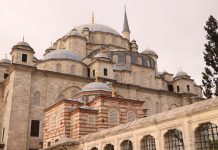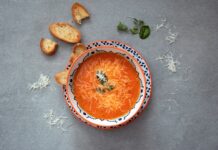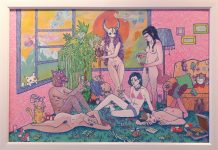Istanbul has many museums and small galleries, the latter being mostly dedicated to contemporary art and dispersed all over the city. Have you ever visited them? If not, the upcoming extremely hot days might be a perfect time to pay them a visit this summer and in case you don’t know where to start, you might want to check this list of 6 Permanent Istanbul Collections Wort (Re)Visiting.
When it comes to museums and galleries, there are two types of people – those who love spending hours there and those who hate the idea of stepping in one. As children, we all have been forced to visit a museum at least once, whether by our parents who would like to enhance our artistic intellect or by our teacher on a field trip. Our first experiences tend to affect our future relationships and for most children museums are usually related to feelings of boredom, disinterestedness or incomprehension.
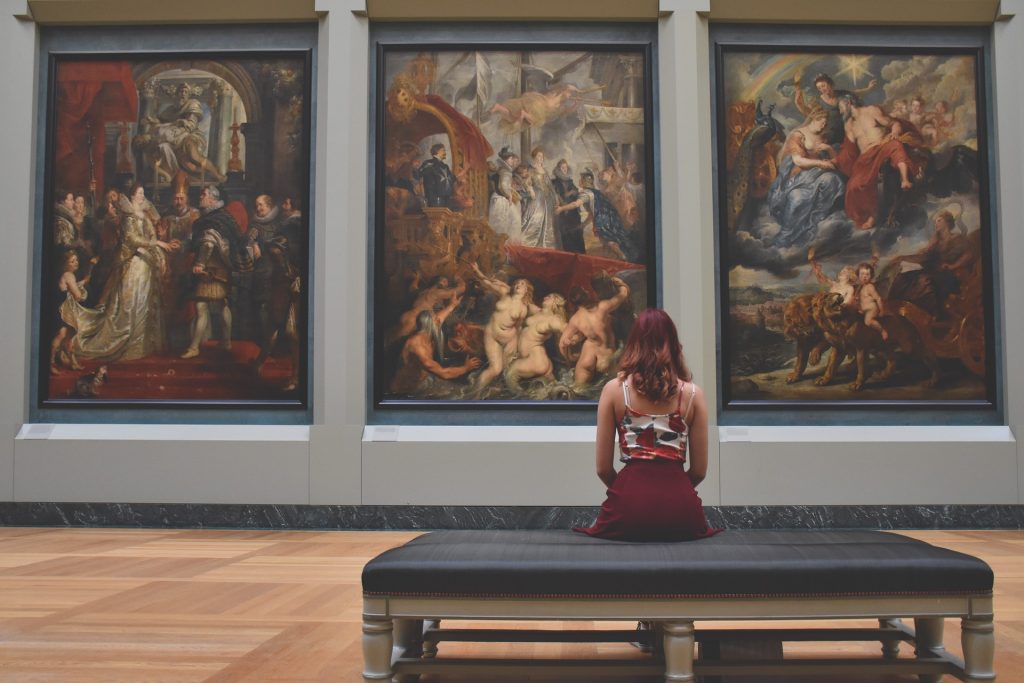
So how can you make your visit to a museum or art gallery with your children interesting for you all? Here are some ideas, feel free to adapt them in accordance with the age of your children, their personality, number of children and purpose of the visit. Many activities are also interesting for adults. You don’t need to be an art connoisseur in order to enjoy the museum. It might help if you get some information about the exhibition beforehand (contemporary art exhibitions tend to surprise). And last but not least – be open to a different kind of experience. The activities and guidelines on the list will help you to get to know your children better. There are no right or wrong answers, only if you will use the museum as a space for learning a new language or improving vocabulary. So let’s start.
Searching for a certain object, shape or color. This activity is suitable for kindergartners. You can start at the center of the exhibit hall. If you haven’t seen exhibits before, scan them quickly to decide what the “lost” object/shape/color is and then start the search. You might get surprised by how children observe things differently. You can do this activity in one hall only and proceed to another when the search is finished. If you trust your child, they can move independently in the hall and even write a list of found objects. They can also be searching for different objects of shapes at once.
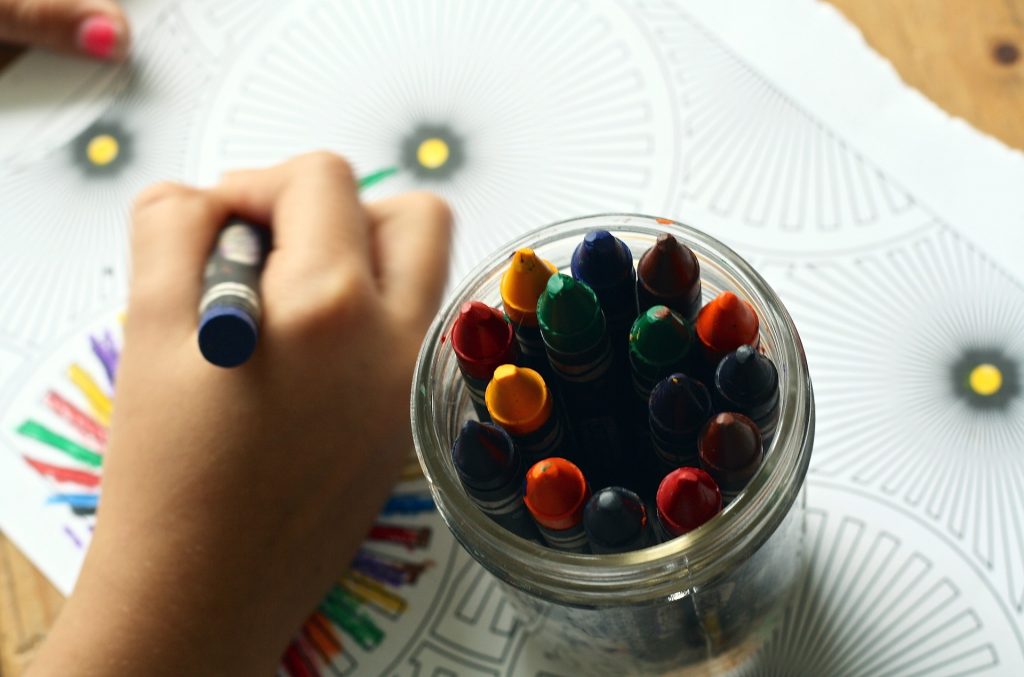
Drawing is yet another activity you can do in museums with your kids. Each child can choose their own picture and draw it. Or you can first search for a certain object on a painting and children can copy the painting where they have found this object. But you can also be more creative: you can “continue” an existent drawing. What is beyond the frame? You can draw an imaginary background for a portrait or add certain things to a picture or change it. Instead of a portrait of a woman, draw your mum or you can “modernize” it, i.e. modernize an old interior, change a portrait into a selfie etc. If your purpose is to practice a language, your child can draw a painting that he sees in the museum and hides 5 objects which start with a certain letter. Another way is drawing a painting in black and white and only coloring certain objects. Besides only copying and adding to existing painting, activities of drawing visitors at the museum or drawing self-portrait in a certain style (abstract, cubist, etc) can be interesting for your children.
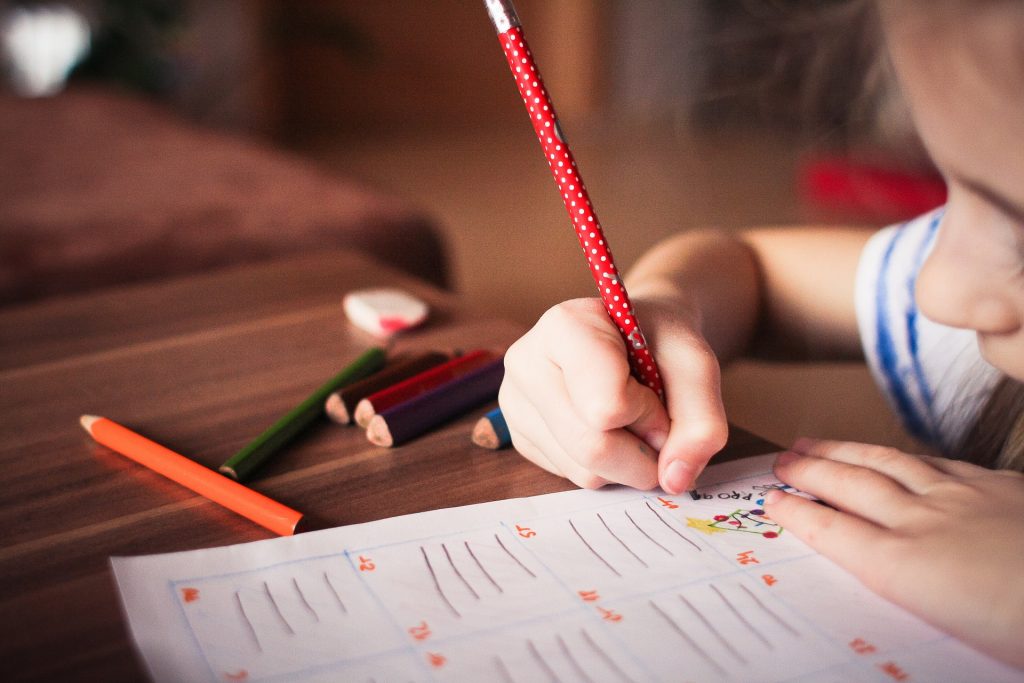
If your child doesn’t want to draw, writing related activities can be interesting. For a writing exercise, you don’t need to bring a lot of materials to the museum, except paper and a pen, in extreme cases you can even use a notepad on your smartphone. For younger kids, you can adapt these activities, so instead of writing, they can express themselves verbally. You can start by expressing emotions or feelings that artifacts produce. The simplest way is to stand in front of every artifact and express how you feel. Moreover, you can try to guess what people or animals on the artifact feel, or how the artist must have felt when they were creating the artwork. Also, everyone can individually observe works of art and write down feelings related to them. The list can be compared afterwards, or others can guess the painting. Instead of expressing emotions you can also choose a background music or a soundtrack for an artifact. You can also use storytelling. Children can write a story, or a movie script or even a poem if they prefer to express themselves in a more artistic way.
Imitating is another option if your kids prefer physical activity. They can pose in the same way as a person on the painting or mimic the sculpture. They can also be on “the other side” of the frame and pretend to have a dialogue with the person there. Dialogue should be in accordance with the emotions that the painted character is showing. If you are with a group of children you can divide them into two groups: artists and artworks. Artist will look at the picture and “sculpt” their artwork. Artwork should be turned with their back against the original artifact and follow instructions of the artist. The goal is that the “artwork” should pose in the same way as the original artifact.
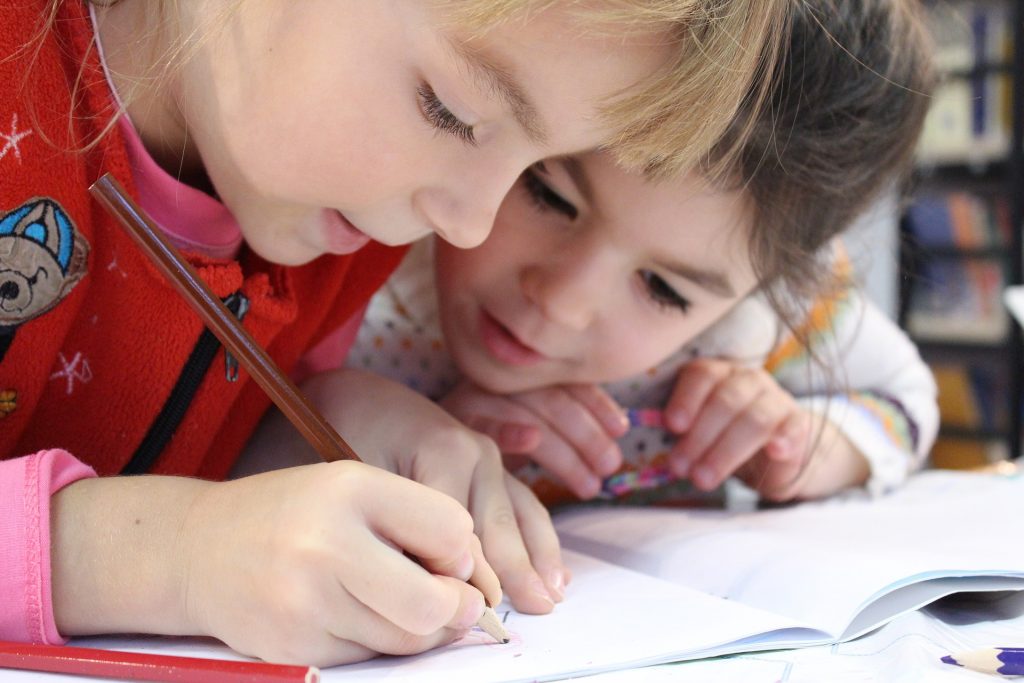
Following instructions and collaborative painting are other group activities. The first one resembles the artists and artworks option above, just in this case, one will draw a painting and others will give them instructions. The collaborative painting is a bit more difficult because children need to memorize details and later recreate a painting with the help of others. For example, you can give them a minute to memorize details of a certain painting and later take them to another hall, give them a few minutes to draw (together) the same painting. It is always interesting to observe, how different children remember different details.
With these techniques, we hope that you and your children will foster an interest, maybe even a passion, for arts and culture all the while having a great time together.

